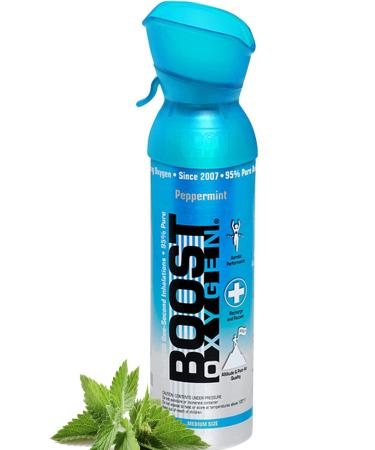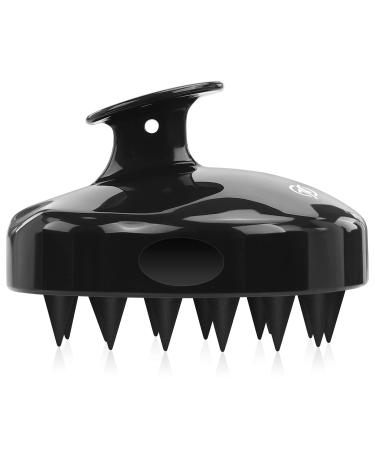How to Make Yogurt at Home

Step-by Step Tutorial
To enjoy yoghurt, you must have whole milk first and a right starter, which is actually a blend of yoghurt bacteria. For this, any kind of milk will do. Cow, sheep, goat, even buffalo milk is more than perfect for making yoghurt. Yoghurt is made through a process called ''fermentation'', which will modify the structure of the milk. The fermentation of the milk takes place when the good bacteria in the starter trigger fermentation. Please be careful as not every brand of milk can supply the right set of nutrients for bacteria, but any bacteria can thrive in the perfect environment, which you'll need to create. If you want to enjoy yogurt at home, here are a few easy steps to follow.
Pick up carefully your base products – whole dairy or soy milk with no additives and preservatives.
- Boil the whole dairy milk first. This will kill all kind of non-yogurt bacteria in it and evaporate the water in the milk.(Do not boil Soy milk, but slightly warm it)
- Cool the milk down to a lukewarm state in order to start the fermentation process. Somewhere between 40 and 45 degrees Celsius is the ideal temperature, which will make the bacteria thrive and start producing your yogurt. Just touch the container with the milk and if you feel it ''warm'' this means that the temperature is ideal.
- Introduce the bacteria, with the help of the starter, into the milk and stir gently.
- Next, allow the milk to sit in a warm and protected place, without bothering it for a while. During this time, the bacteria will work and will process nutrients, and will separate the milk's sugar, called lactose, into simpler components for easy absorption by your body. Lactic acid is also produced meanwhile, which gives the yogurt its well-known acidity.
- How long will the incubation takeThe term depends very much on the met conditions, so it can be finished overnight or it may take another day. The time for incubation varies and depends on the used milk, yogurt-making appliance, although it should not take more than 24 hours if you use starter and milk, and will take just 3-6 hours if you use ready yogurt as a starter.
- Make sure to check the yogurt and see when it has the consistency you desire. Still, do not allow the yogurt to ferment for more than 2 days because it can get way too sour if the bacteria multiply too much.
- Once the fermentation process is complete, make sure to store it in the fridge, so you will stop the bacteria from multiplying and ruining the taste of your yogurt. If not stopped by a cooler temperature, the bacteria will continue consuming the milk, until its food source is depleted, which explains the spoiled taste yogurt can get or the visible separation of the milk.
Also, don't forget to reculture the next batch of yogurt with 2 or 3 spoons taken from the existing yogurt, for every litre of milk, so you can enjoy yogurt as much as you like. Do remember that re-cultivations made by using ready yogurt and milk need 3-6 hours of fermentation only as the quality in terms of texture and taste are even better.
As you can see, it is not rocket science to make yogurt at home. There are just a few simple rules to follow in order to enjoy yogurt as much and as often as you wish



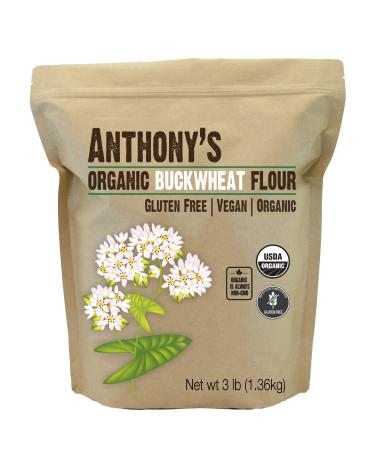
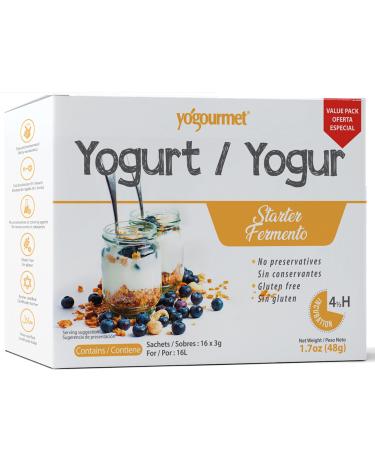
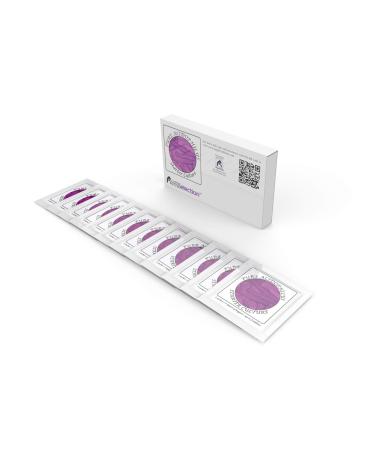

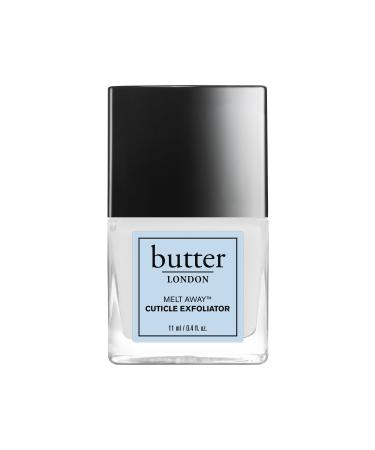
![Stewart Freeze Dried Dog Treats Made in USA [Single Ingredient Puppy and Dog Training Treats - Grain Free Natural Dog Treats] Resealable Tub to Preserve Freshness - Buy Online on GoSupps.com](https://www.gosupps.com/media/catalog/product/cache/25/small_image/375x450/9df78eab33525d08d6e5fb8d27136e95/6/1/61gwbbixarl._ac_sl1500_.jpg)


